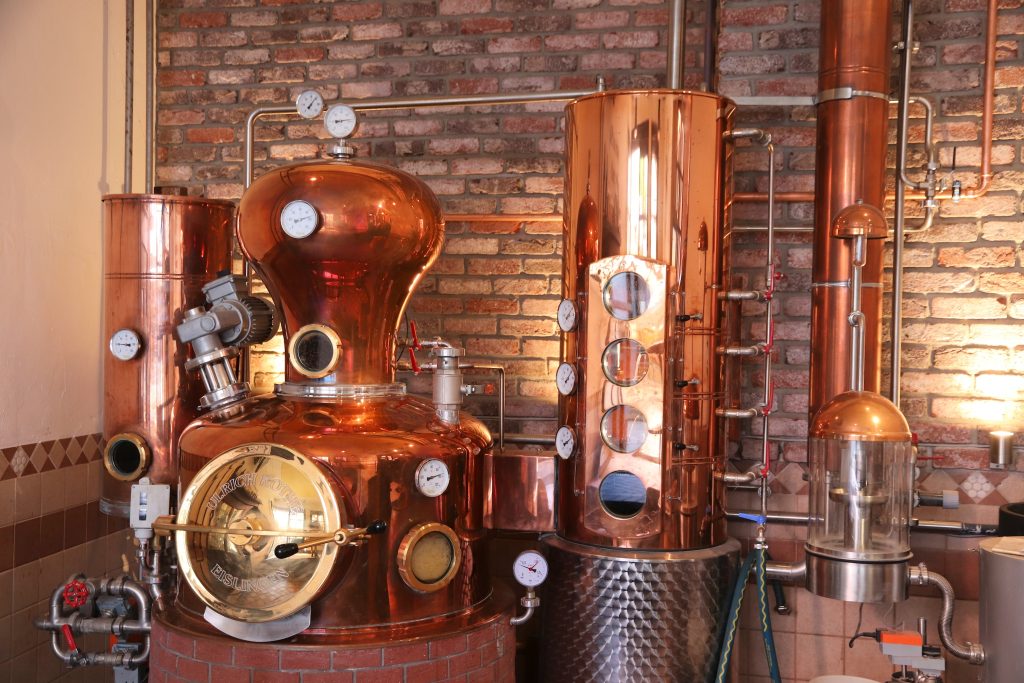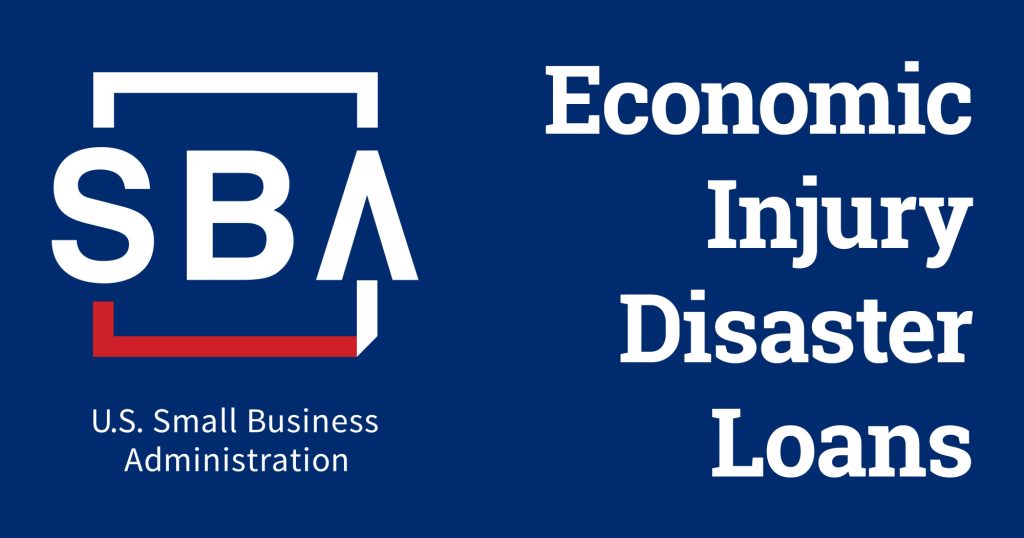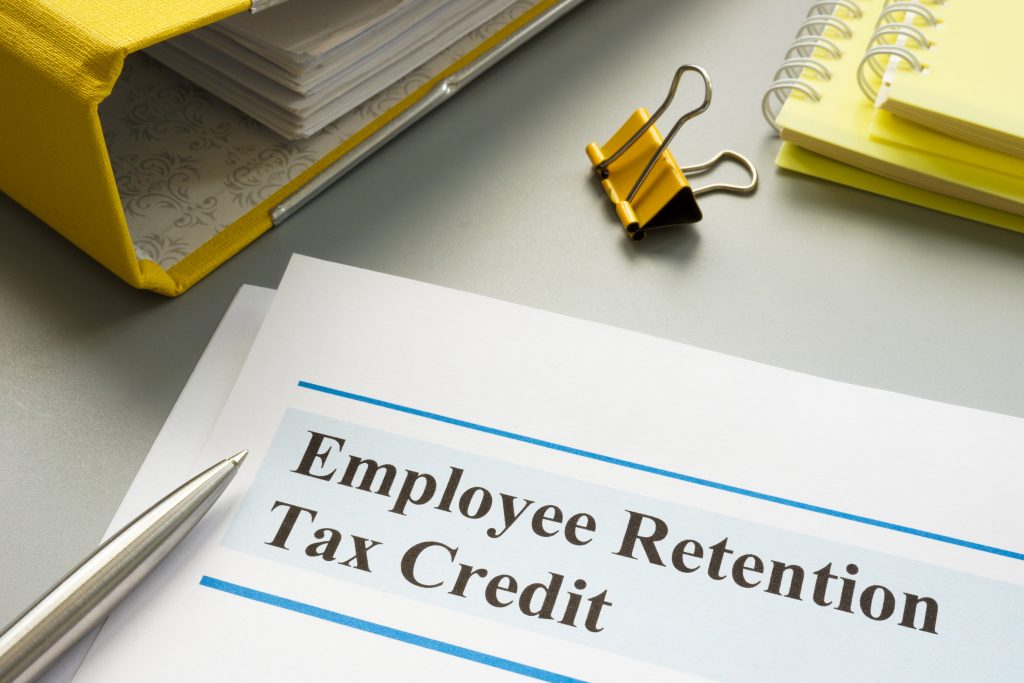
By: Raj Tulshan, Founder of Loan Mantra
If you’re worried about finances and retirement – and after facing inflation at a record 40 year high this year, who isn’t? – there is a little good news from the IRS. Due to soaring inflation, reported at 8.2% over the past year, the IRS has raised contribution limits on 401(k)s and IRAs for 2023. In fact, inflation is at its highest level since 401(k) annual indexing began, causing 7% to 11% increases for most 2023 contribution limits. These changes are intended to help offset the higher cost of living.
For the coming year, the maximum amount that people can contribute to their 401(k) has risen to $22,500, a $2,000 increase. The annual 401(k) employee contribution limit typically goes up by smaller increments – usually around $500 at a time – but sky-high inflation has led to a more significant increase for 2023.
The limit on total employer-plus-employee contributions will also increase significantly to $66,000 in 2023, up $5,000 from $61,000 in 2022. Again, these increases are usually made in smaller increments – typically $1,000 – but given the unusual state of our economy, it will increase five-fold for the coming year.
Max Out Contributions
With the annual 401(k) contribution limit rising, many people might think they must take advantage of this increase but may worry that they can’t afford to contribute the maximum amount to their retirement accounts. Many financial experts would advise that your personal contributions depend on your individual goals, salary and financial situation. Employer matching can help. Often employers provide an incentive to encourage their employees to save for retirement by matching contributions (either in full or in part) up to a certain threshold.
If you feel pressure to “keep up with the Joneses,” keep in mind that most people aren’t contributing the current (lower) maximum amount to their 401(k). A recent Vanguard report discovered that only 14% of people with Vanguard 401(k) accounts were contributing the maximum amount allowed in 2022. And more than half (58%) of those people were earning annual salaries of $150,000 or more at the time.
Boost IRA’s
There is more good news for retirement accounts. In 2023, people can get an extra boost for their IRA savings. As income tax thresholds have risen, so have the income limits for IRA contributions. Like a 401(k), an IRA can be effective way to save tax-free money for retirement.
The amount you can save into an IRA plan will increase from $6,000 to $6,500 next year – or $7,500 for people aged 50+. For people over age 50, or who have 15+ years of service for a 403(b) plan, you may be able to contribute significantly more than this – as much as $30,000 – through “catch-up” contributions.
As a financial professional who has witnessed the ups and downs of the U.S. economy over the years, I offer the following advice:
Stay Calm – Although the current state of the economy – and record-high inflation – is worrisome, it’s wise to stay calm and focused on your long-term financial goals. Saving for retirement has never been a “quick fix.” People spend their entire adult lives working towards their retirement goals, and there will always be ebbs and flows to the economy over time. The best thing you can do in any economy is consistently save and invest, not making any sudden moves based on what the market is doing.
Focus on Slow Increases – Small increases to your contribution rate – even raising your contribution by 1% – can make a big difference in your retirement savings over time. What may feel like an insignificant amount right now can really add up over the next few decades.
Contribute Enough to Earn Your Employer’s Match – If your employer offers to match a percentage of your contributions, prioritize contributing enough to earn the full match. If you don’t take full advantage of the employee matching program, you’re essentially leaving “free money” behind.
Build Loyalty – Employee wages, compensation and retirement savings matches are tax deductible as well.
Contribute Early and Consistently – Regardless of how much money you can contribute to retirement, it’s essential to start early and keep contributing consistently. It’s wise to start contributing to your retirement account as early as possible so your money can earn interest over time.
Strive to Invest 12% to 15% of Your Annual Salary Towards Retirement – If that seems unfeasible, try increasing your contributions slowly over time. For instance, if you’re currently investing 5% of your salary, aim to increase to 6% next year, and 7% the following year, and so on until you reach this target.
Learn more about the contribution changes for 2023 by visiting Notice 2022-55 on IRS.gov and talk to a financial expert about your own financial goals and how to reach financial freedom for your retirement. In addition, there are a few more tips for taxed business owners.
Take Advantage of Business Tax Deductions
There are options for business owners, too. Make sure your business is making the most out of the current tax deductions available to business owners and entrepreneurs. Tax deductions can greatly reduce a business owners tax liability, saving money. Many business owners are aware of the typical expenses that are eligible for tax credits like: Inventory, meals and entertainment, Office Supplies, Medical Insurance, Employee Wages and Advertising and marketing. But an often-overlooked expense is interest paid on business loans or lines of credit.
A record number of businesses took out small business loans in the past 2 years. Small business loans that are issued through financial institutions, alternative lenders and online lending marketplaces or FinTechs like Loanmantra.com are financing options for small businesses and have deductible interest expenses. Loans issued through the Small Business Administration or SBA and guaranteed as part of the Infrastructure and Reinvestment Act also have interest that is deductible if the money is used strictly for legitimate business purposes.
Purchase Equipment Sooner Not Later
End-of-year small business spending can save businesses money through tax benefits or year-end sales. For instance, in 2022, expenses on equipment or a depreciation of 100% of the purchase price can be taken. In 2023, taxpayers only receive 80% toward the purchase price of those same expenditures.
In early 2023, car dealers who are looking to unload last year’s vehicle model will be more willing to discount vehicles from the previous year to make way for new inventory. The same may be true for technology and software subscriptions. Any way you look at it, there are many angles to come up with new ways to tackle taxes to provide some relief from tax time grief.
About the Author
Neeraj (Raj) Tulshan is the Founder and Managing Member of Loan Mantra, a financial advisory firm with best-in-class and proprietary fintech, BLUE (“Borrower Lender Underwriting Environment”). Loan Mantra, Powered by BLUE, is next-level finance: a one-stop-shop for business borrowers to secure traditional, SBA or MCA financing from trusted lenders in a secure, collaborative, and transparent platform. Clients turn to Raj because they know he will always pick up the phone and offer unparalleled financial counsel in a remarkably human—even friendly—way.
About Loan Mantra
Small business owners identify two obstacles to their success: access to capital and financial education. Loan Mantra removes these hurdles so business owners can spend more time actually building their business.
For more information visit their website…www.loanmantra.com






